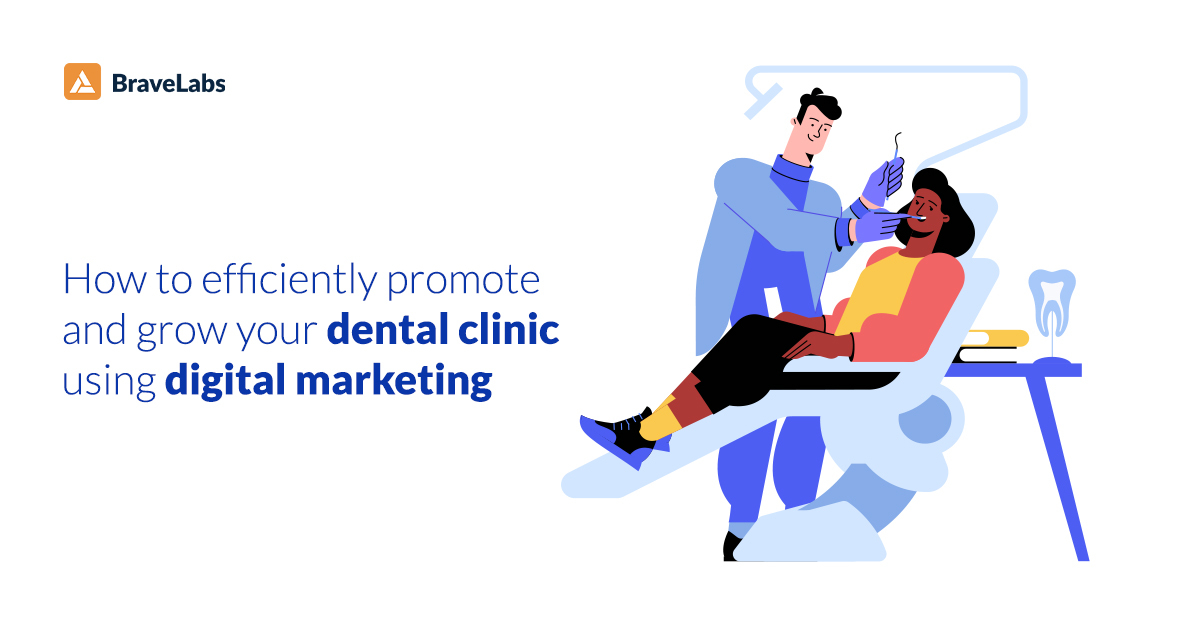Patient retention: The key to unlocking lifetime value
Introduction
In today’s fast-paced healthcare market, patient retention stands as a critical factor determining the long-term success of healthcare providers. Beyond its immediate benefits, patient retention holds the key to unlocking a concept known as “lifetime value.” In this blog, we delve into the intricate relationship between patient retention and lifetime value, exploring how healthcare organizations can leverage this connection to enhance their performance and build sustainable relationships with patients.
Understanding Patient Retention
Patient retention refers to the ability of healthcare providers to retain patients over an extended period. It encompasses various factors, including patient satisfaction, quality of care, effective communication, and personalized experiences. Healthcare organizations with high patient retention rates enjoy numerous advantages, such as increased revenue, improved patient loyalty, and enhanced reputation within the community. However, maintaining high patient retention rates is not without its challenges. External factors like competition, evolving patient preferences, and access to alternative healthcare options can pose hurdles for providers striving to retain their patient base.
Exploring Lifetime Value in Healthcare
Lifetime value, often associated with business contexts, finds its relevance in healthcare as well. It refers to the total value a patient brings to a healthcare organization over their lifetime as a customer. Calculating lifetime value involves considering factors like the frequency of visits, treatment adherence, referrals, and potential future revenue generated from the patient. By understanding the lifetime value of patients, healthcare providers gain insights into their financial stability, growth potential, and the overall impact patients have on their practice.
The Link between Patient Retention and Lifetime Value
Patient
retention and lifetime value are closely intertwined. A high patient retention
rate directly contributes to an increased lifetime value, as loyal patients
continue to seek care from the same provider over an extended period. By
nurturing and retaining patients, healthcare organizations can maximize their
lifetime value and establish a stable revenue stream. Several case studies
support this relationship, highlighting how providers with robust patient
retention strategies experience higher lifetime values and sustainable growth.
To enhance patient retention and, consequently, lifetime value, healthcare providers should employ various strategies. First and foremost, delivering exceptional patient experiences is paramount. By providing personalized care, fostering trust, and actively engaging with patients, providers can create a bond that transcends a mere transactional relationship. Effective communication, both during and between visits, is another critical factor. Timely and clear communication, along with active patient education, ensures that patients feel valued and supported throughout their healthcare journey. Additionally, leveraging technology can significantly enhance patient engagement and satisfaction, enabling convenient appointment scheduling, telehealth options, and access to medical information.
Benefits of a High Lifetime Value for Healthcare Providers
Healthcare providers stand to gain numerous advantages from the high lifetime value of their patients. Financial stability and increased profitability are primary benefits, as loyal patients generate consistent revenue over an extended period. Moreover, an established reputation and positive word-of-mouth recommendations from satisfied patients can lead to a steady influx of new patients, further fueling growth and expansion opportunities. By focusing on patient retention and lifetime value, healthcare providers can build strong foundations for long-term success.
Overcoming Challenges in Patient Retention and Lifetime Value
While patient retention and lifetime value offer significant benefits, healthcare providers must overcome common challenges. These challenges include competition from alternative healthcare marketing strategies, patient dissatisfaction due to long wait times or communication gaps, and adapting to evolving patient needs and preferences. Providers can address these challenges by implementing targeted retention strategies tailored to different patient segments. Understanding patient demographics, preferences, and motivations allows providers to offer personalized experiences that foster loyalty and satisfaction.
Case Studies: Success Stories in Patient Retention and Lifetime Value
Numerous healthcare organizations have achieved remarkable success in patient retention and lifetime value. One such example is the implementation of comprehensive patient engagement programs that empower patients to actively participate in their care. By providing personalized support, educational resources, and proactive communication, these organizations have significantly improved patient retention and lifetime value. Key takeaways from these success stories include the importance of patient-centered care, leveraging data-driven insights, and consistently adapting to meet patient needs.
Conclusion
Patient
retention and lifetime value are powerful concepts that can shape the success
and sustainability of healthcare providers. By focusing on building strong
relationships with patients, delivering exceptional experiences, and utilizing
technology to enhance engagement, providers can unlock the hidden potential of
lifetime value. Embracing these strategies not only leads to financial
stability and growth but also fosters a patient-centric healthcare ecosystem
that benefits all stakeholders involved. As healthcare continues to evolve,
harnessing the power of patient retention and lifetime value remains a crucial
element in shaping the future of healthcare delivery.
Partner
with BraveLabs, a leading healthcare marketing
company, to maximize patient retention and lifetime value.
Our expertise empowers providers to implement targeted strategies, personalized
communication, and innovative technology for long-term success.


.jpg)

Comments
Post a Comment